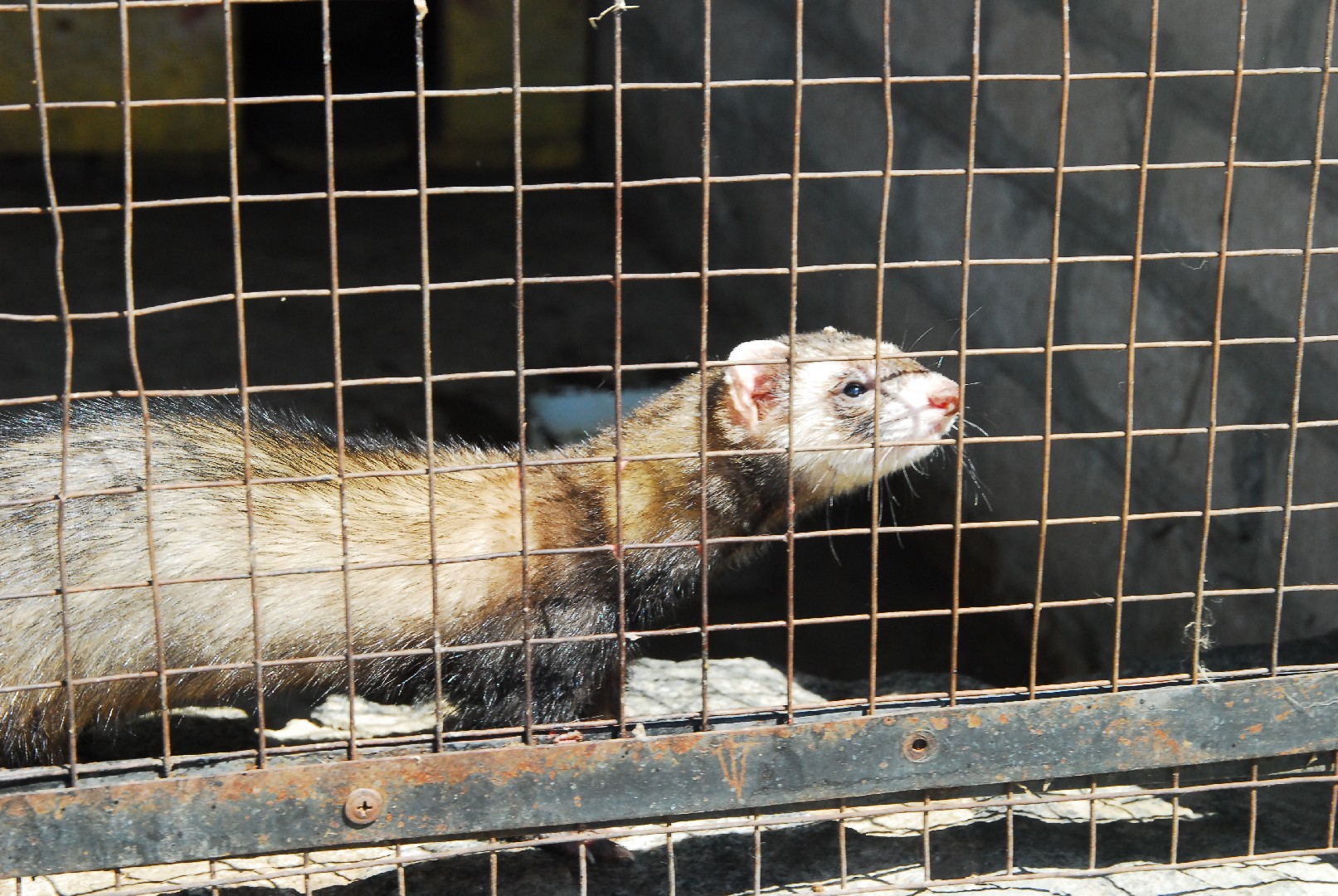European polecat
A species of Weasel, Also known as Fitchou, Foumard, Fulmer, Filibart Scientific name : Mustela putorius Genus : Weasel
European polecat, A species of Weasel
Also known as:
Fitchou, Foumard, Fulmer, Filibart
Scientific name: Mustela putorius
Genus: Weasel
Content
Description General Info
 Photo By Стоялов Максим Викторович , used under CC-BY-SA-4.0 /Cropped and compressed from original
Photo By Стоялов Максим Викторович , used under CC-BY-SA-4.0 /Cropped and compressed from original Description
The appearance of the European polecat is typical of members of the genus Mustela, though it is generally more compact in conformation and, although short-legged, has a less elongated body than the European mink or steppe polecat. The tail is short, about ⅓ its body length. The eyes are small, with dark brown irises. The hind toes are long and partially webbed, with weakly curved 4 mm-long, nonretractable claws. The front claws are strongly curved, partially retractable, and measure 6 mm in length. The feet are moderately long and more robust than in other members of the genus. The polecat's skull is relatively coarse and massive, more so than the mink's, with a strong, but short and broad facial region and strongly developed projections. In comparison to other similarly sized mustelids, the polecat's teeth are very strong, large and massive in relation to skull size. Sexual dimorphism in the skull is apparent in the lighter, narrower skull of the female, which also has weaker projections. The polecat's running gait is not as complex and twisting as that of the mink or stoat, and it is not as fast as the mountain weasel (solongoi), stoat or least weasel, as it can be outrun by a conditioned man. Its sensory organs are well developed, though it is unable to distinguish between colours. The dimensions of the European polecat vary greatly. The species does not conform to Bergmann's rule, with the pattern of size variation seeming to follow a trend of size increase along an east-west axis. Males measure 350–460 mm in body length and females are 290–394 mm. The tail measures 115–167 mm in males and 84–150 mm in females. Adult males in middle Europe weigh 1,000-1,500 grams and females 650-815 grams. Gigantism is known among polecats, but specimens exhibiting this are likely the products of polecat-mink hybridisation. 
General Info
Lifespan
4-6 years
Diet
European polecat, prevalently an obligate carnivore, primarily feeds on small mammals such as voles and rabbits. Additionally, its diet is diversified with birds, eggs, amphibians, and occasional fruits, underlining adaptability in food selection.
Appearance
European polecat is a small, elongated mammal with a flexible, tube-like body and short legs. Its fur is dense and sleek, usually a mix of dark brown and black, with a distinctive white or cream marking under its chin. European polecat has a bushy tail that can be flared out when threatened. Its size and color can vary slightly with age and region, but there are no significant differences in appearance between genders.
Behavior
European polecat is a solitary and predominantly nocturnal creature, foraging for small mammals, insects, and birds at night. This animal is known for its defensive behavior involving the release of a foul-smelling secretion to repel predators. It has a territorial nature, frequently marking its circumference with scent from anal glands.
Population
Decreasing
Scientific Classification
Phylum
Chordates Class
Mammals Order
Carnivores Family
Mustelids Genus
Weasel Species
European polecat